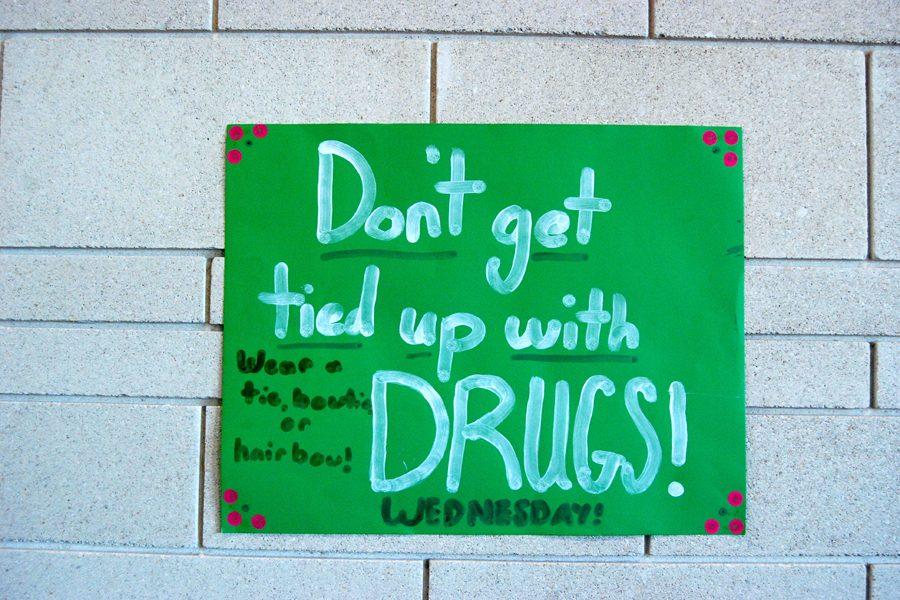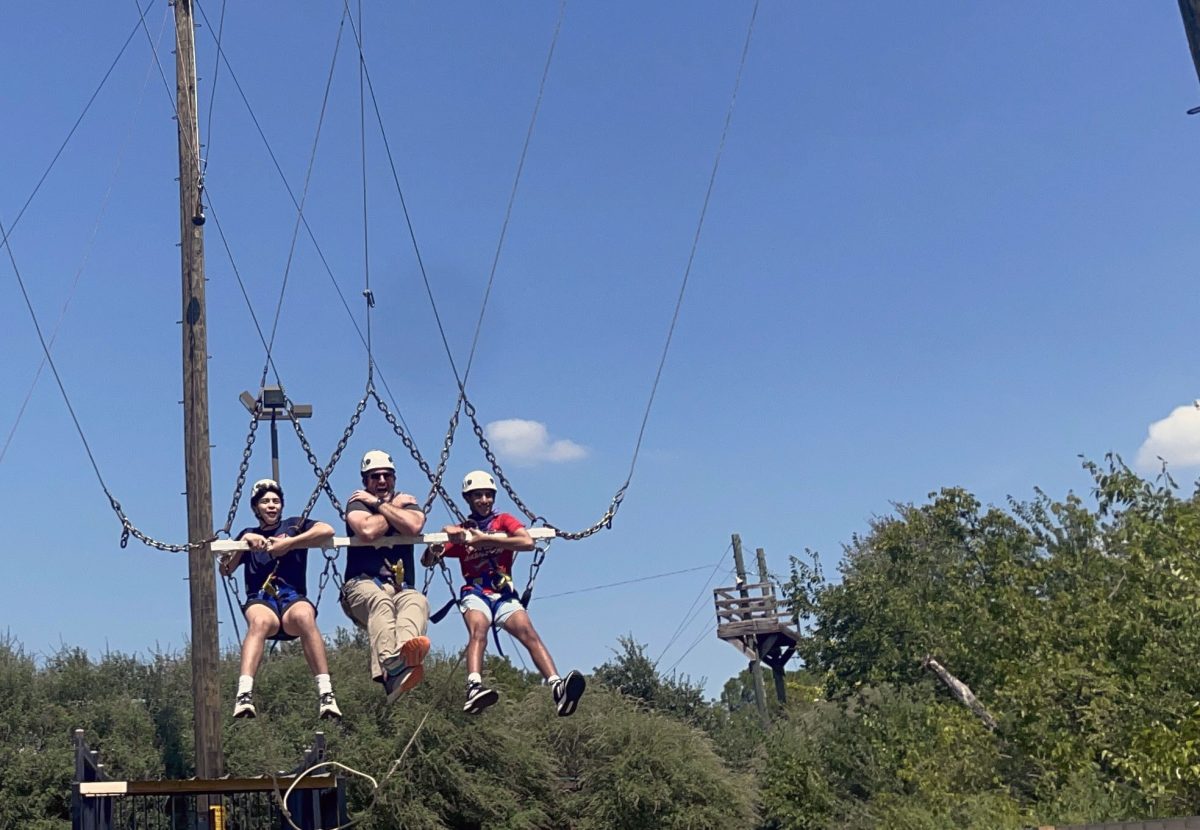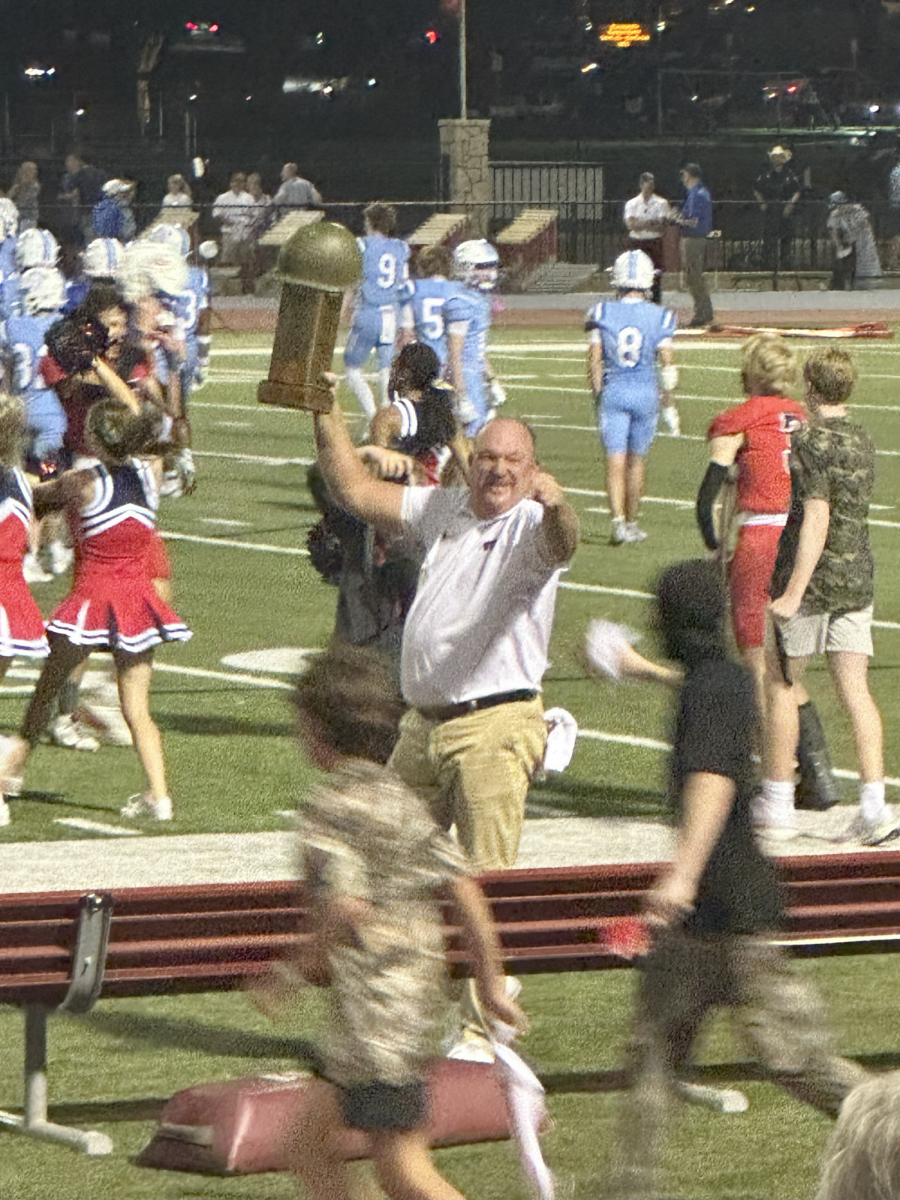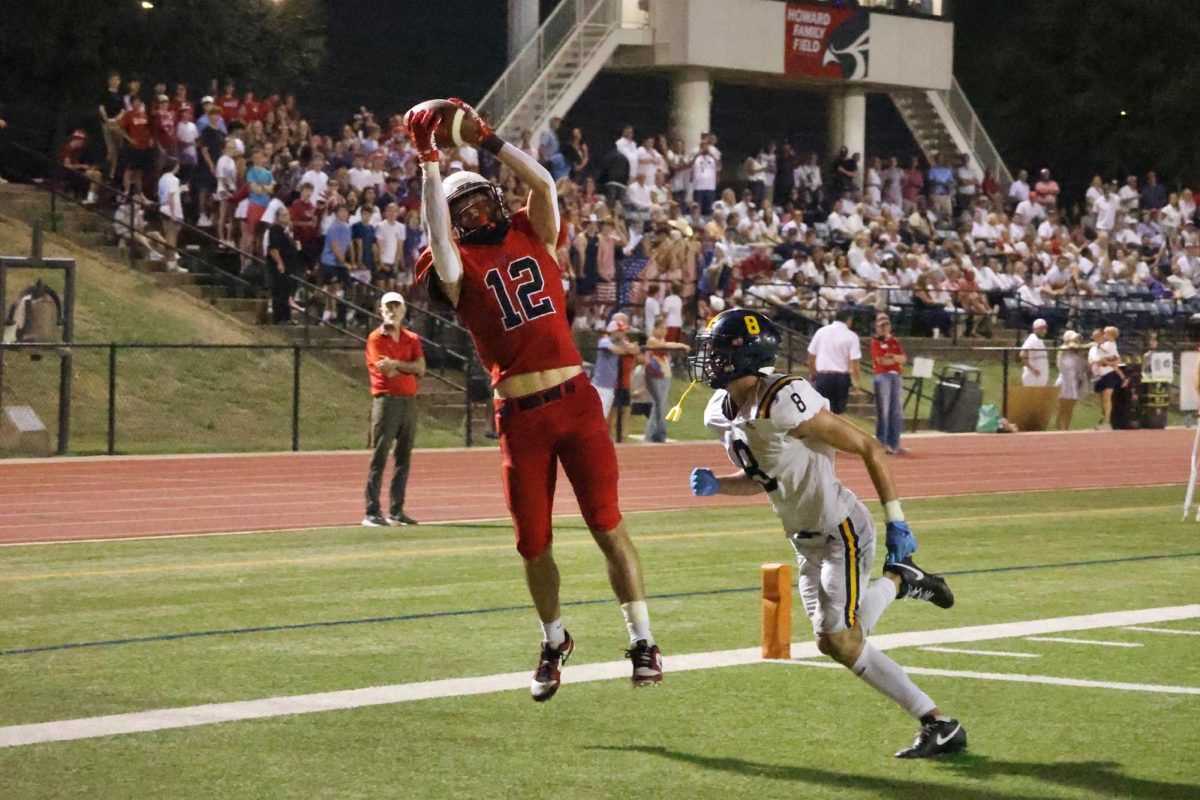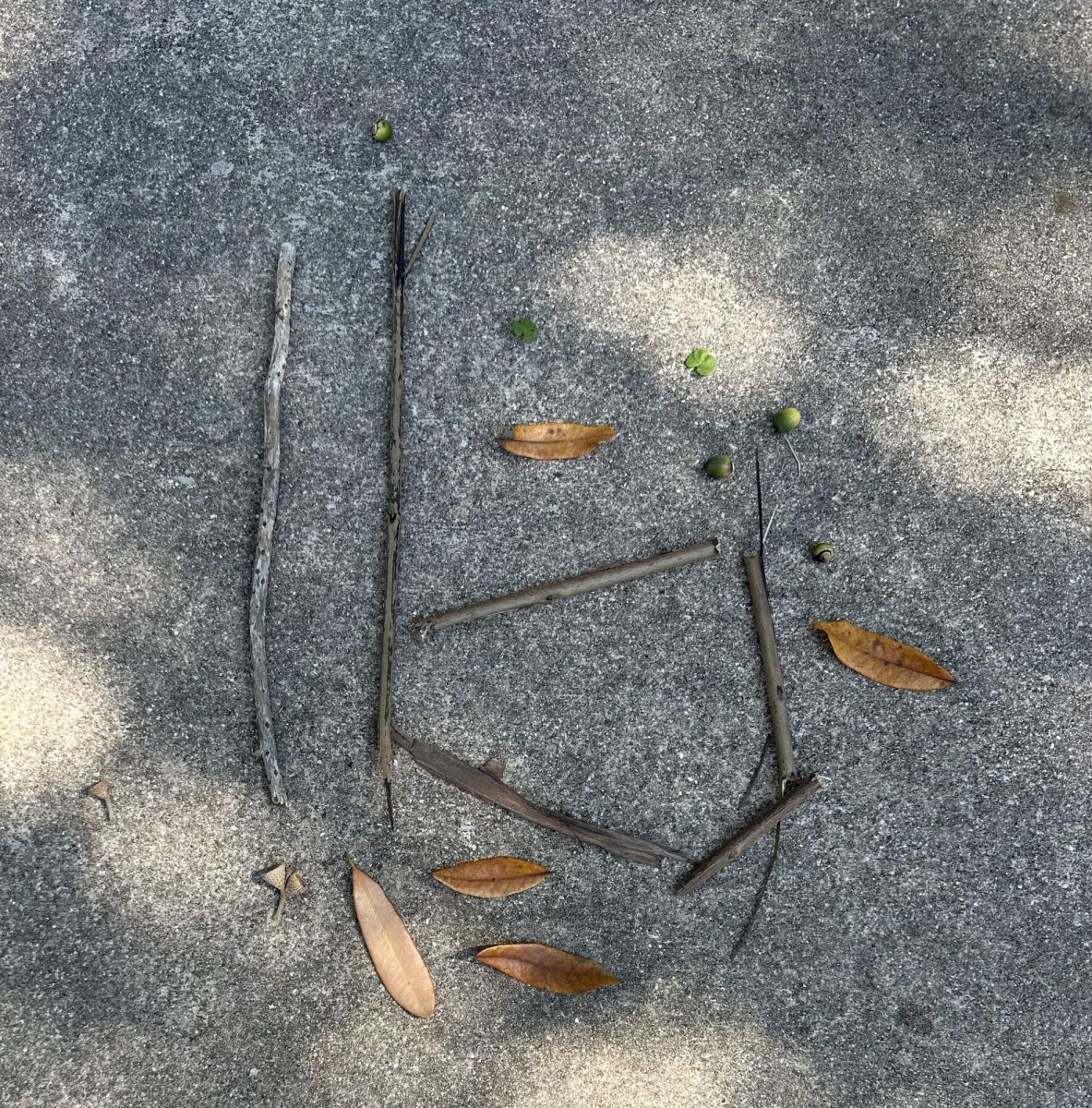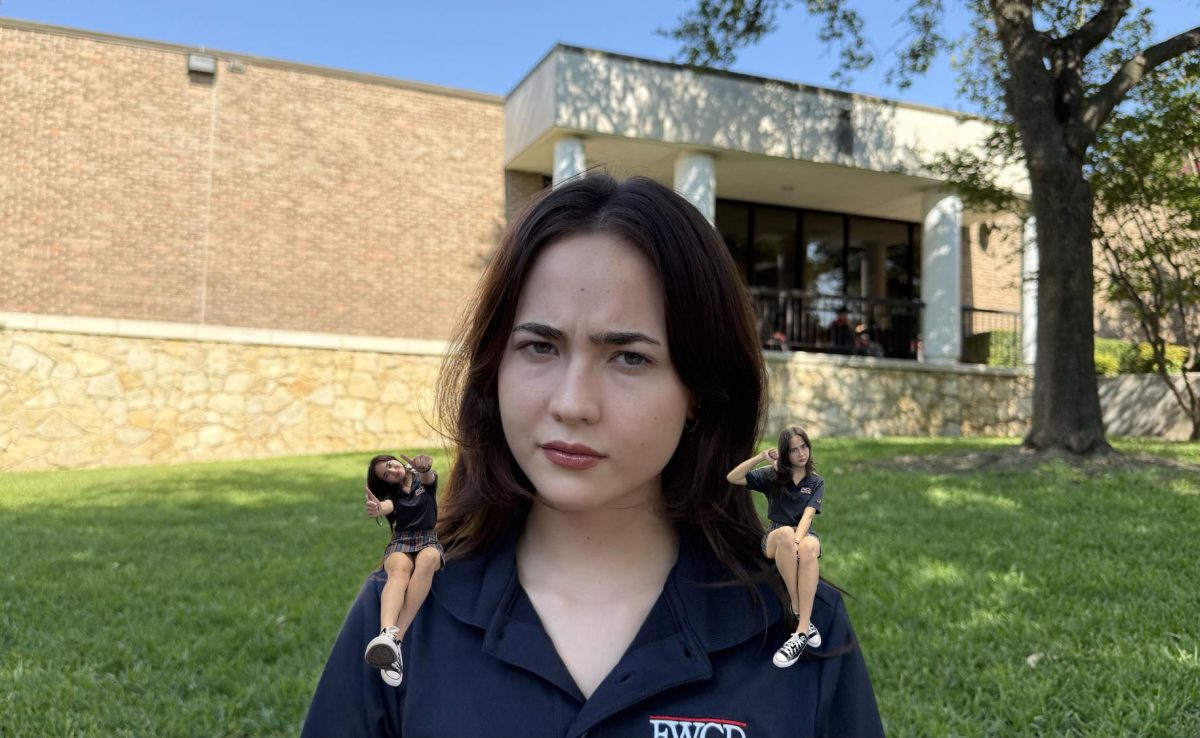Red-Ribbon Week
Middle School students celebrated Red Ribbon Week with a different theme each day.
October 28, 2016
Fort Worth Country Day tends to commemorate Red-Ribbon Week with crazy themes, out of uniform days, and sometimes even a football game – but unfortunately the real reason for having Red-Ribbon Week can easily get lost among the school spirit.
Between Oct. 23 and Oct. 31, schools across the nation celebrate a week of drug and alcohol prevention. However, most that celebrate it aren’t actually aware of how it started.
According to the national website of the United States Drug Enforcement Administration, in 1981 DEA agent Enrique “Kiki” Camarena went undercover in Guadalajara, Mexico to infiltrate the inner circles of some of Mexico’s biggest drug lords. For four and a half years he lived in the world of drug trafficking, gathering information on his targets and reporting his findings back to his DEA contacts. As he continued his investigation, he discovered the operations and locations of “Rancho Búfalo,” one of the largest marijuana producing plants in Mexico. He reported his findings to his superiors, who then sent in a team to destroy the plant. Unfortunately, drug lord Miguel Ángel Félix Gallardo discovered that Camarena was the leak, and on February 7, 1985 corrupt police officers under Gallardo’s command kidnapped Camarena in broad daylight. He was taken to Gallardo’s ranch, injected with a variety of amphetamines to keep him conscious, and over a 30-hour period he was tortured by his captors. His skull, jaw, nose, cheekbones, windpipe, and ribs were crushed, and his body was discovered on March 5 outside the small town of La Angostura, about 13 hours away from Gallardo’s ranch.
Despite Camarena’s murder, he left a positive legacy behind.
Posthumously, Kiki Camarena received the Administrator’s Award of Honor, the Drug Enforcement Agency’s highest award. As news of his mission and death spread across the country, people began to wear red ribbons as a symbol of respect to Camarena as well as to raise awareness for the violent killing and destruction caused by drugs. Three years later in 1988, the National Family Partnership (NFP, formerly known as the National Federation of Parents for Drug Free Youth) established Red-Ribbon week to raise awareness for the harmful effects of drugs and alcohol across the United States.
So that’s the real reason Red-Ribbon Week was started.
Today, Red-Ribbon Week still lives on, supported by thousands of students across the country with “red-outs” and special events to commemorate it. But even with all the fun that goes into it, no one should forget what it really represents.
At Fort Worth Country Day, Red-Ribbon Week is always celebrated, but the theme changes slightly every year to incorporate a specific idea.
“The major theme this year is to save a life. Not just not to use drugs or alcohol, but also to prevent other people from using,” Upper School counselor Kathy Roemer said.
However, Roemer also discussed how often times the theme is overshadowed by its celebration.
“[To me, it seems that Red-Ribbon week has become] more about the fun and not about the actual info that’s put out there,” Roemer said.
And there’s the problem. Everyone gets so caught up in celebrating Red-Ribbon Week and distracted by the football game that it sometimes happens to fall on (as it does this year) that many don’t actually acknowledge the true message of the celebration itself.
A lot of students see this discrepancy between recognizing Red-Ribbon Week and actually getting to the central message of it.
“Sometimes I understand why we do [dress up days] but other times I’m thinking, how does that represent what’s really going on?” Joe Washington ’19 said. “Out of uniform is fun, but I don’t think it clearly shows awareness.”
“I think out of uniform days are really great as long as we keep with the message and have everyone know what the day is actually about,” Jack Carvalho ’17 said. “Out of uniform is wonderful because it gets everyone involved, but people shouldn’t be doing it just because it’s a dress out day – it has to have a purpose behind it that everyone can recognize.”
Even with the crazy red-out and fun sock days, Roemer continues to instill the true message of Red-Ribbon week into the hearts of students, parents, and faculty. This year she is having advisors take on a big role in the event, presenting a PowerPoint to students and helping them recognize the life threatening signs of alcohol poisoning. A big focus will be on the Good Samaritan Law. In an underage-drinking situation where someone drinks too much, this law provides legal immunity for the person that calls 911 and gets help for someone who is showing signs of sickness or has become unconscious. The law encourages those who see someone suffering from signs of alcohol poisoning to save their life instead of worrying about purely legal consequences. Hopefully, this law will be able to save more lives and give witnesses an incentive to get medical attention if someone’s life is at risk.
Since Red-Ribbon Week happens to fall on a football game this year, Roemer plans to use that to help spread her message.
“I want to take advantage of that fact that I have more access to the adults. The football game gives me the opportunity to get the message to the parents. They have a huge impact on their kids’ decisions, whether they know it or not,” Roemer said.
At the football game, upper school Link Crew Leaders will be handing out flyers to both students and parents, emphasizing the Good Samaritan Law as well as family drinking situations. Roemer hopes that this will allow her message to reach students, parents, and even faculty.
“[I want the Country Day community to] be aware of the dangers of drugs and alcohol, but also knowing alternative ways to be healthy and safe,” she said.
So there you have it. Red-Ribbon week is supposed to be fun – its crazy themes and “red-out” days let the whole Country Day community, and other schools across the nation, get involved in this important event. But even with all the fun it provides, those who celebrate Red-Ribbon Week must remember the true purpose of it, as well as Kiki Camarena and the commitment against drugs and alcohol that he represents.



